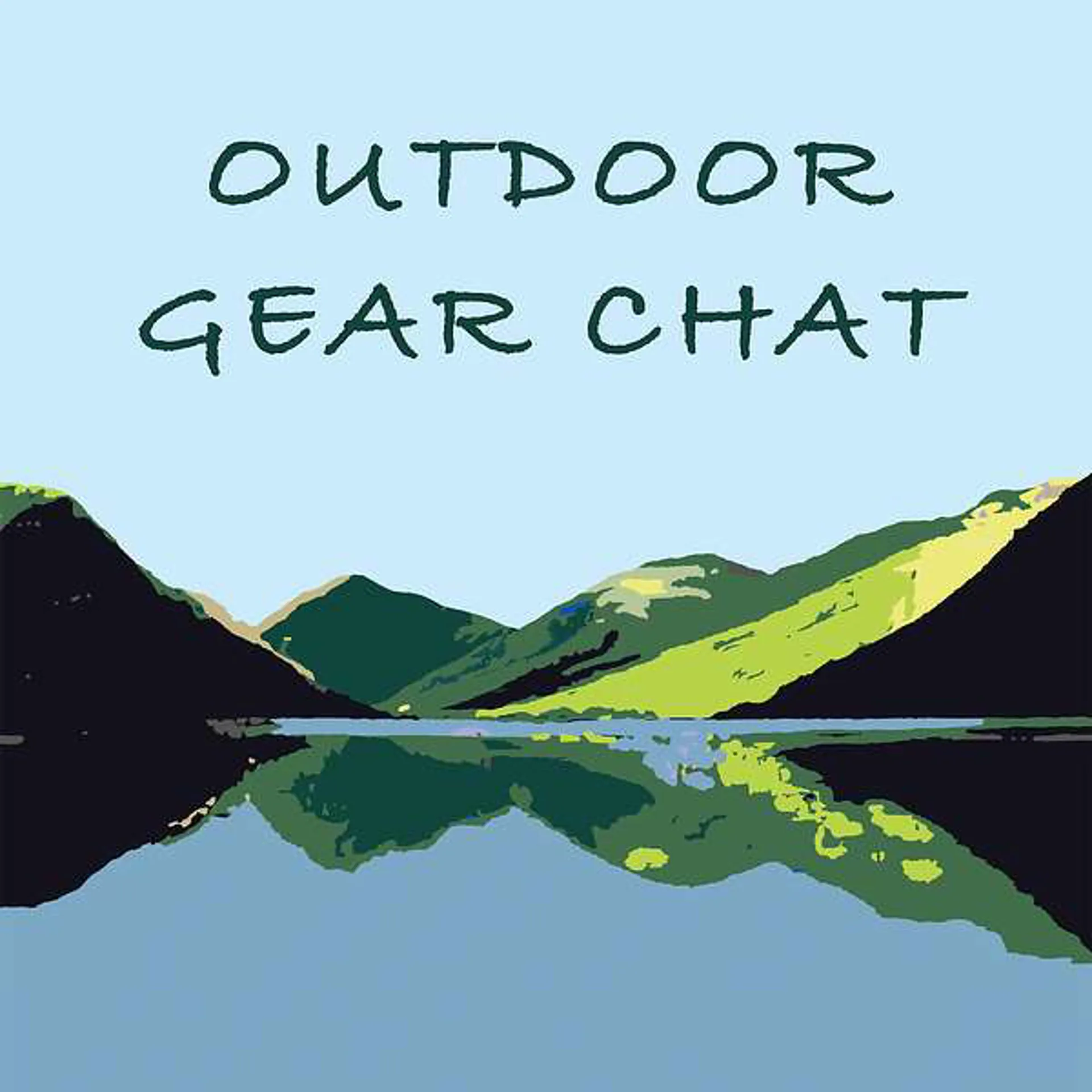Built to breathe out.
The Cetus Lite delivers next-generation PFC/PFAS-free, 100% waterproof performance that’s exceptionally breathable. Built around Montane’s new PETRICHOR TECHNOLOGY™, the lightweight, durable 3-layer fabric has a 20K hydrostatic head with a breathability rating of RET <5. A 100% recycled nylon face fabric sits over a windproof, non-porous hydrophilic membrane, which physically transports moisture away from the body, through the microclimate inside the jacket and into the air outside. This is ideal for dynamic outdoor missions with high-intensity output, because the harder you work, the harder this membrane works to deliver comfort, and conserve energy in the mountains.
Petrichor Technology.
Montane’s PETRICHOR 3-layer technology delivers waterproof (20k Hydrostatic Head), exceptionally breathable performance to the Cetus Lite Jacket. It scores a RET 5 rating, which means it is ideally suited for high-output activities in the outdoors, where it will remain breathable to keep you dry inside and out. This is achieved by through the windproof, non-porous hydrophilic membrane that transports water vapour and moisture away from the body, an effect that increases in strength as you work harder, enabled by the 3-layer construction. This sandwiches the waterproof membrane between a 100% recycled, 21D Ripstop nylon face fabric and the lining, for improved durability and next-to-skin comfort.
Offset Seams.
The Cetus Lite Jacket has been built using offset seams. Instead of lining different seams up to where they meet on the garment, offsetting them enables us reduces the number of seams needed during construction, along with its weight, while extending the lifespan of the jacket. This is one of the reasons why the more durable 3-layer construction remains lightweight. Seams are further reduced by having the peak, hem and cuff tabs laminated, a process that also strengthens those areas.
Suitable for: Hiking, Walking, Trekking, Trail Running, Fastpacking
Fit: Regular - Standard fit for core outdoor activities
Features:
- Fully Adjustable Hood: For a precision fit and unhindered vision.
- YKK Aquaguard Hand Pockets: Storage solutions sealed against the weather.
- Fully Adjustable Hem: To prevent the weather getting in.
- Laminated Technology: Peak, hem and cuff tabs are laminated to reduce seams and improve durability.
- Articulated Sleeves: For unrestricted movement with grown-on hook and loop adjustment.
- YKK Aquaguard Front Zip: Weather-proofed zip for a versatile fit
- PFC-Free DWR: Coating on face fabric applied to bead and shed moisture
- Petrichor Technology: PFAS-free, 100% waterproof (20k Hydrostatic Head) and exceptionally breathable (RET 5)
- Materials: Shell Face: 100% nylon (recycled), Shell Backer: 100% nylon
- Weight: 295gms
Buyers Guide To Waterproofs
Functional waterproof clothing is not fashion clothing; its price is dictated by the massive amount of science involved in keeping you dry in the pouring rain. It really is clothing as equipment and, as with all specialist equipment, you need to know how it works to get the best out of it.
Firstly, a waterproof garment will have taped seams and a coating or lining that will not allow water to penetrate under pressure. If you are planning on being active in driving rain, using a pack or sitting or kneeling on wet ground, then this is the garment for you. Anything else is water-resistant and will allow water to penetrate under certain conditions.
A jacket that is described as breathable is designed to allow sweat, or water vapour to pass through. Some fabrics are more effective at this than others. To work at their best they rely on a good layering system designed to transfer moisture from your skin to the jacket. Atmospheric conditions will also dictate how well they work; for example: textiles will work more efficiently when there is a large temperature difference between the inside and the outside of your clothing.
There are times when wearing a waterproof is the best choice, but on changeable days when rain is very light, a water-resistant garment may work better as generally speaking, they can transfer moisture more efficiently, they are more breathable. If it is a blustery day you may be better to choose a lightweight windproof garment for maximum comfort, popping your waterproof on only when the rain hits.
Don’t worry if you see your waterproof change to a darker colour and feel a little clammy inside – if you have brought it from us it’s not likely to be leaking! It’s just wetting-out. A simple tumble dry and/or re-proofing will restore your garment to its previous performance.
The best garment for you is the one that fits. It can have a gazillion pockets, the most articulated knee design or the very latest in technical features but if you are out on the hill and it is so big it flaps in the wind and drives you to distraction then it was not a good purchase. These days garments are tailored to fit. We are all different shapes and sizes and garment manufacturers go to a LOT of effort to allow for this. Try your garment on with layers, try the zips while wearing gloves, try it on with a pack but above all chat to us about what you should wear underneath.
Outdoor Gear Chat Podcast
Take a listen to our Outdoor Gear Chat podcast Episodes 47-50, where Cathy and Wayne discuss everything there is to know about waterproof fabrics in 2025....
